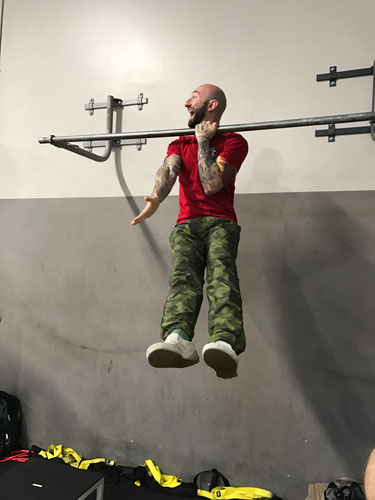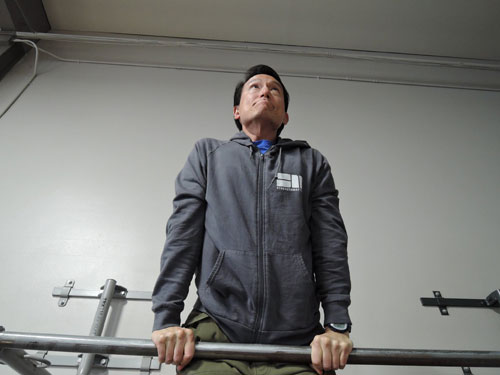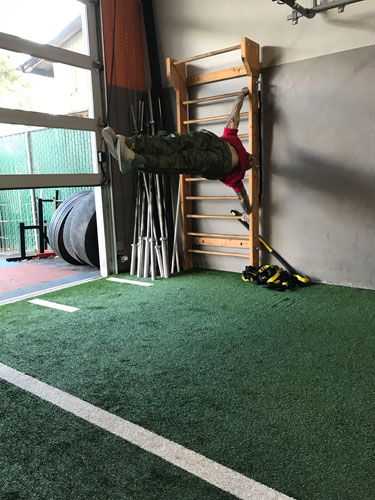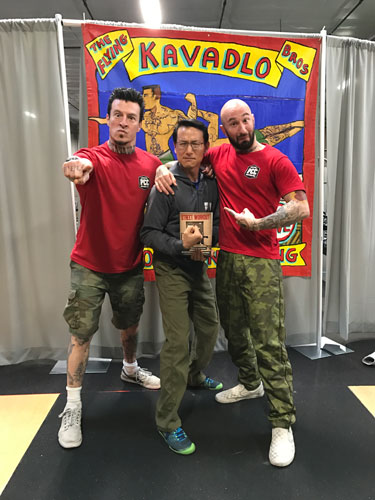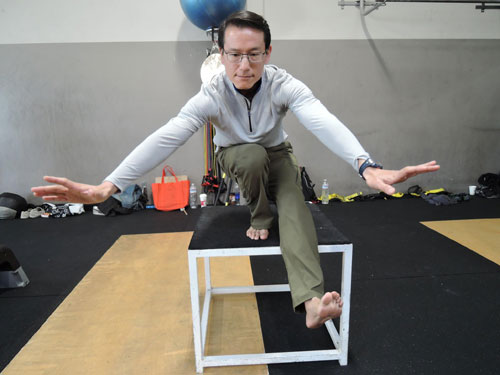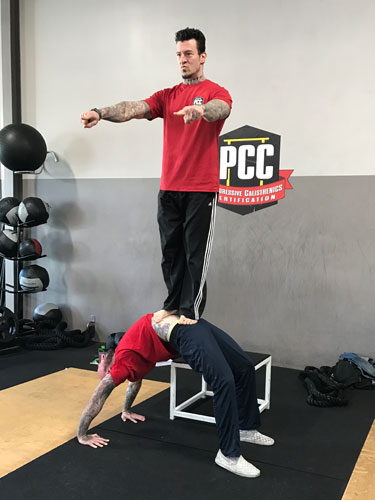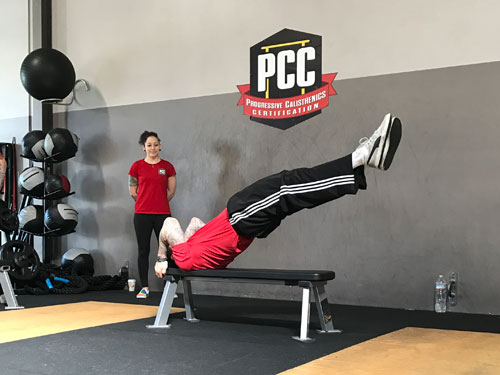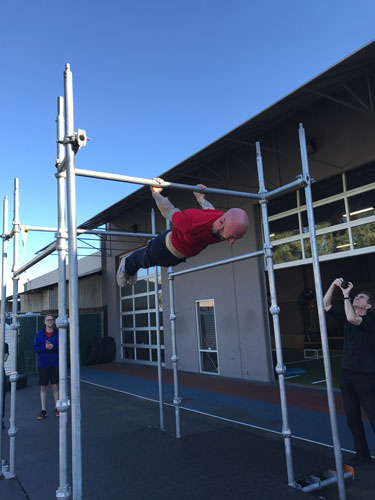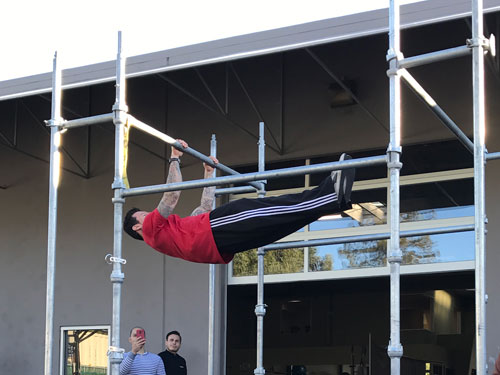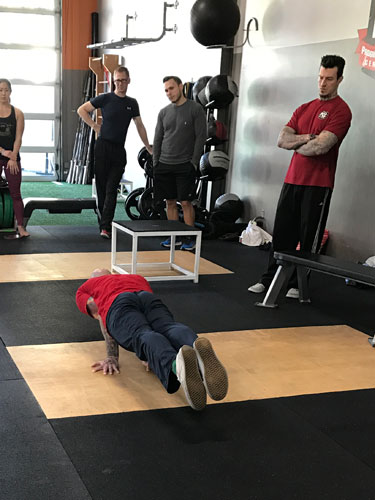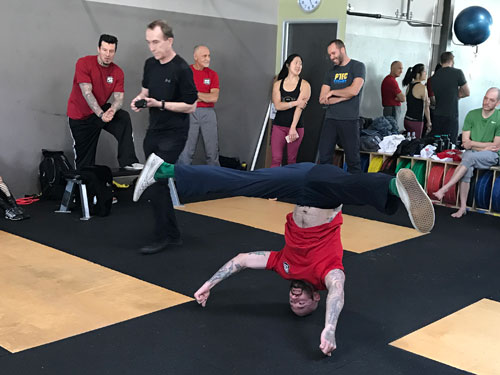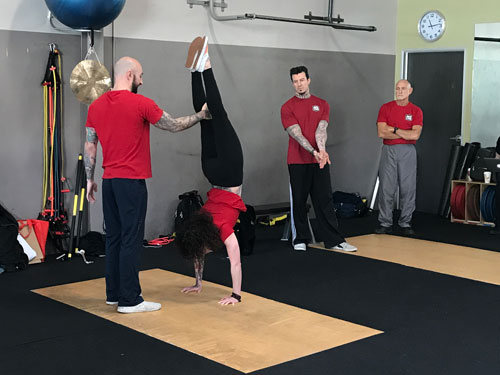As all who practice Original Strength know, crawling is one of the most fundamental movement patterns we practice and is one of our basic Resets. Babies crawl before they walk; it helps develop their strength in all four limbs and their nervous system to prepare them for standing and walking. However, while babies crawl a lot, they don’t crawl long, continuous periods of time despite spending a lot of time with it. As a prescription, we like to challenge people to crawl 10 minutes continuously which has been shown to have a lot of benefits in strength building and tying your intrinsic cross movement patterns together. But what happens when you crawl more than that?
Earlier this year I embarked on training to crawl the mile. At Original Strength, crawling the mile is legendary; only two other people are known to have done it. The time it took them to do it was about 44 minutes for one and 55 minutes for the other – considerably more time than 10 minutes! So what happens when you perform marathon crawling and crawl A LOT more than 10 minutes?
In the past I raced Ironman and ran marathons, taking swimming, cycling, and running into distances beyond that which you might normally do. During training, I would experience the typical aches, soreness, and the occasional injury. And then there would be the day after when I would be sore and tight due to the previous day’s exertions. Mentally, it was a huge challenge just to keep the body moving for that long, so that long distance was as much mental training as it was physical.
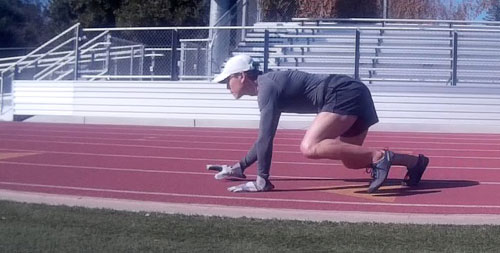 Me out on the track, building to the mile crawl. |
As I set myself to training to crawl the mile, I braced myself for the same effects as I experienced during my Ironman and marathon training. During the crawling itself, it felt very taxing. In the early months of training, my heart rate would rise and stay maxed out until the very end – a very difficult thing to maintain for such a long time. I would feel tightness in my quads from maintaining the knees up form, and my arms would start to shake towards the end of the crawl as I found out my strength endurance in my upper body was not conditioned to holding my body up for such long periods of time.
However, weirdly, I didn’t feel so wiped out afterwards or the day after. The next morning I would wake up and feel pretty good, despite having an amazingly taxing training workout the day before. Very rarely would I feel anything in my muscles, maybe a touch of soreness in my quads but that was about it.
I also noticed other things.
Normally I train kettlebells during the week. I am currently training for the half bodyweight one arm kettlebell press and have been building weight and volume over the last few months. I also snatched twice a week for 10 to 20 minutes each workout, and am building in both weight and volume there as well. Add to this some bodyweight calisthenics training as warm up and by the end of the week I would often have some aches here or there. Then the weekend would come when I would crawl long. After the crawl and especially the morning after, the aches I would inevitably have from my normal kettlebell and calisthenics training would disappear!
After months of crawling long, I have found that crawling has really supported my kettlebell and calisthenics work. The added conditioning plus its restorative effects on my body have made the snatch sessions feel so much easier and I am not so wiped out after long 20 minute workouts.
Calisthenics work started to progress faster. After I took the Progressive Calisthenics Certification I decided to work on a number of calisthenics movements. One of the toughest is the Human Flag where you suspend yourself via your arms and hold your body out horizontally straight. I was finding that something was lacking in my left shoulder to support myself even for some of the regressions. Through crawling, I found that my ability to take my weight fully onto my arms grew much faster and I achieved my first chamber hold:
I also have found better strength endurance in my upper body, which has helped me build reps in the one arm push up. Similarly, reps in my pistol have risen as well.
How to Begin Marathon Crawling?
There are two basic ways to train for marathon crawling: crawl for time and crawl for distance. If you don’t care about distance, then crawling for time is more than sufficient. You can simply crawl a minute or two longer each time you work out, or you can break up the workout into intervals with rest in between. Before you embark on marathon crawling, I would recommend working up to a good 10 minutes of continuous crawling in the style you choose: baby, leopard, or Spiderman. Note that there is an exponential jump in effort from baby to either leopard or Spiderman, so get used to shorter distances and times first!
I also applied training techniques from my cycling and run training where I would only crawl long once per week but support the crawling mid-week with shorter, interval based workouts. I would also recommend, as with other endurance training, to not increase time or distance more than 10-15% week over week. Expect rebuilds towards your goal, where you hit a wall with increasing linearly time or distance week over week, and you just need to back off and rebuild from a lower time or distance. Supplementing with loaded crawling can have some good benefits, and I would recommend that for your mid-week shorter workouts. You are loading the weekly long crawl enough by going for marathon length time or distance!
While the typical Original Strength goal for crawling is 10 minutes, I would encourage you to try marathon crawling and take your crawling well above 10 minutes to see what effects it has on you. I have found some really great restorative effects in addition to the strength and conditioning you receive. Crawling a mile may not be what you’re looking for, but you can celebrate if you actually get there!
This post originally appeared on the Original Strength blog.
